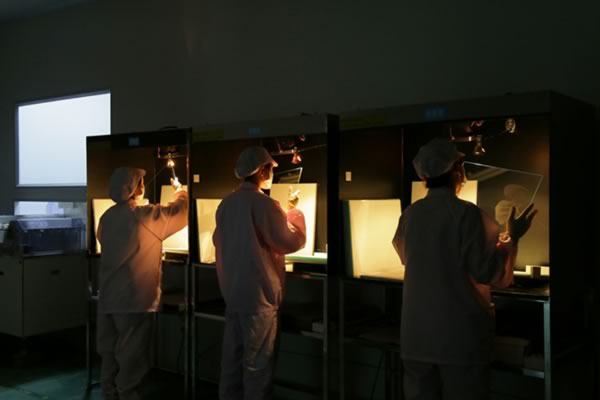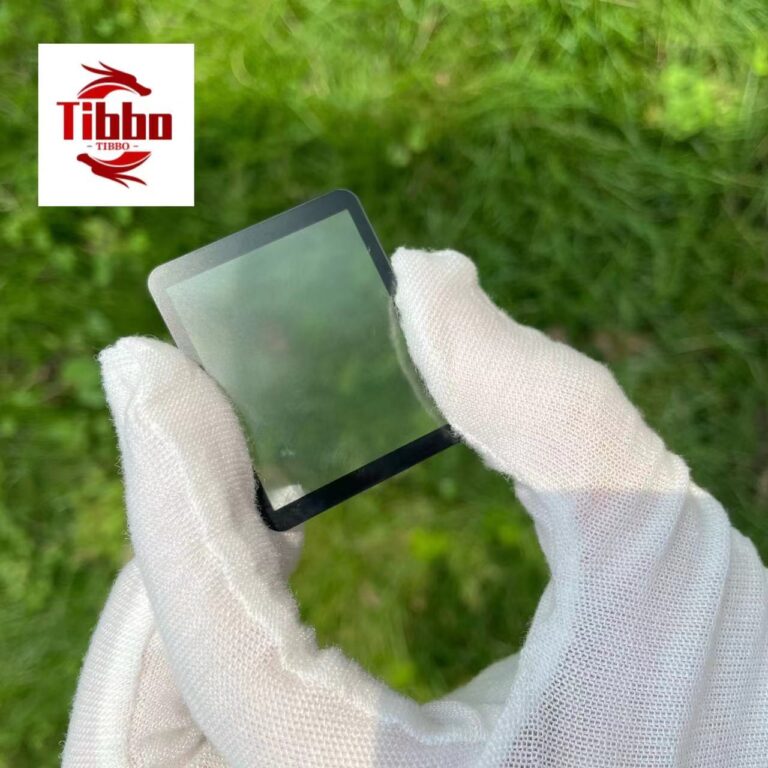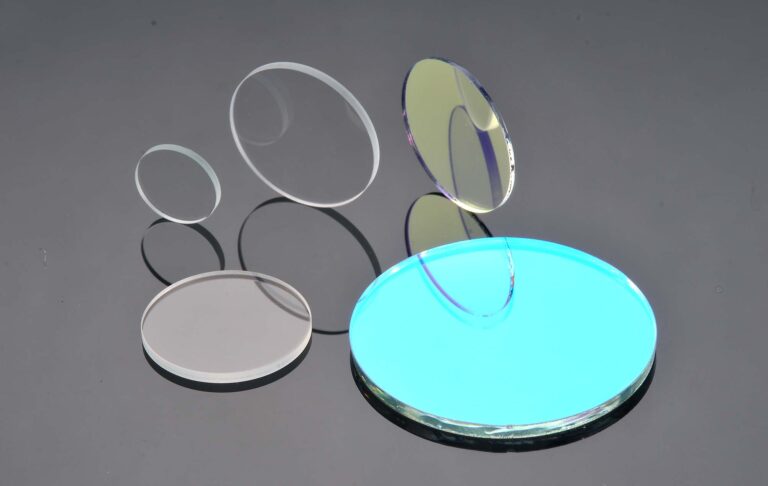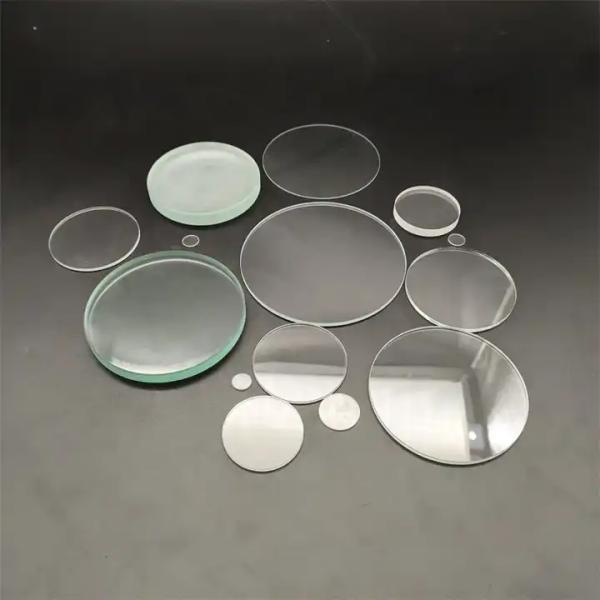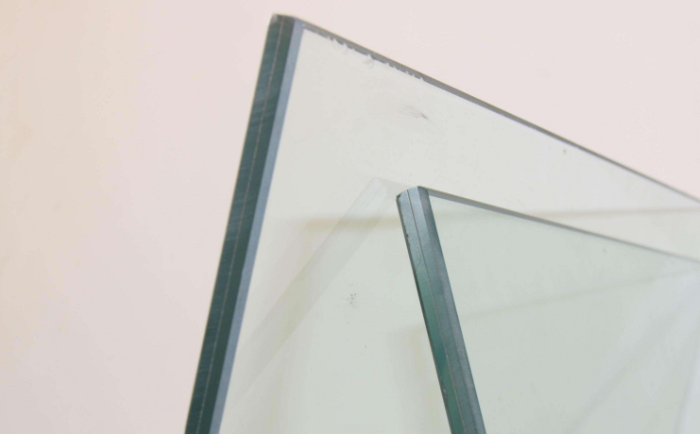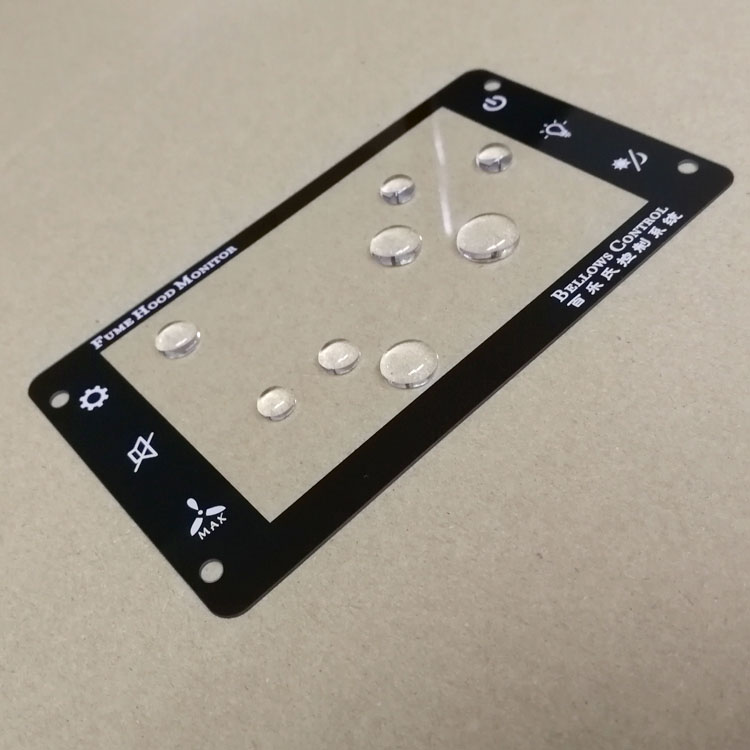
Welcome to the ultimate guide to understanding the manufacturing process of Anti-Fingerprint (AF) Glass. This informative piece is passionately crafted by Tibbo, a leading authority and premium professional manufacturer and supplier in China. We specialize in the B2B sector, excelling in manufacturing, production, and export capabilities, and we’re excited to share our extensive knowledge with you.
What is AF Glass?
AF Glass, short for Anti-Fingerprint Glass, is a specially treated type of glass that minimizes smudges and fingerprints, ensuring a clean and clear display surface. This unique treatment makes AF glass a popular choice for various applications, including touchscreen devices, LCDs, and other electronic devices that benefit from a smudge-free surface.
The Manufacturing Process of AF Glass
The production of AF Glass involves several intricate steps, each contributing to the final product’s unique anti-fingerprint properties. The process starts with the selection of high-quality raw glass, which then undergoes various stages of cleaning, coating, curing, and inspection to ensure the end product meets the highest standards of quality and performance.
Raw Glass Selection
The initial stage in the AF glass manufacturing process involves selecting the highest quality raw glass. This selection is crucial as the raw glass’s quality significantly impacts the final product’s performance and durability.
Cleaning
Once the raw glass is selected, it goes through a thorough cleaning process. This process ensures the removal of any dust particles, residues, or other impurities that could affect the adhesion of the AF coating.
Coating
Next, the clean glass is coated with a special anti-fingerprint layer. This layer is often nanometer-thin and is applied using advanced coating techniques under controlled conditions. The coating gives the glass its unique property of resisting fingerprints, ensuring a clean and clear display surface.
Curing
After the coating process, the glass is subjected to a curing process. This step solidifies the coating and ensures that it is firmly adhered to the glass surface. The curing process often involves heating the glass to a specific temperature for a defined period.
Inspection
The final step in the AF glass manufacturing process is a thorough inspection. This step ensures that the finished product meets the highest quality standards and exhibits the desired anti-fingerprint properties.
Why Choose Tibbo for Your AF Glass Needs?
Tibbo has been at the forefront of the glass manufacturing industry since its inception in 2014. We pride ourselves on our robust hardware strength, which includes a large factory area, state-of-the-art foreign equipment, high-precision processing machines, and a fully automated screen printing coating production line.
Our commitment to quality and excellence is evident in our products, which are not only well received in China but also exported to Europe, North America, India, Russia, the Middle East, and other regions. We also offer customization options for dimensions, thickness, and coating types to cater to your specific needs.
For more useful insights about glass manufacturing, check out our blog post on “How Etched AG Glass is Made“. We look forward to serving your glass manufacturing needs.
With Tibbo, you can always expect superior quality products, professional service, and a seamless B2B experience. Explore our product catalogue today to find your ideal glass solution!

